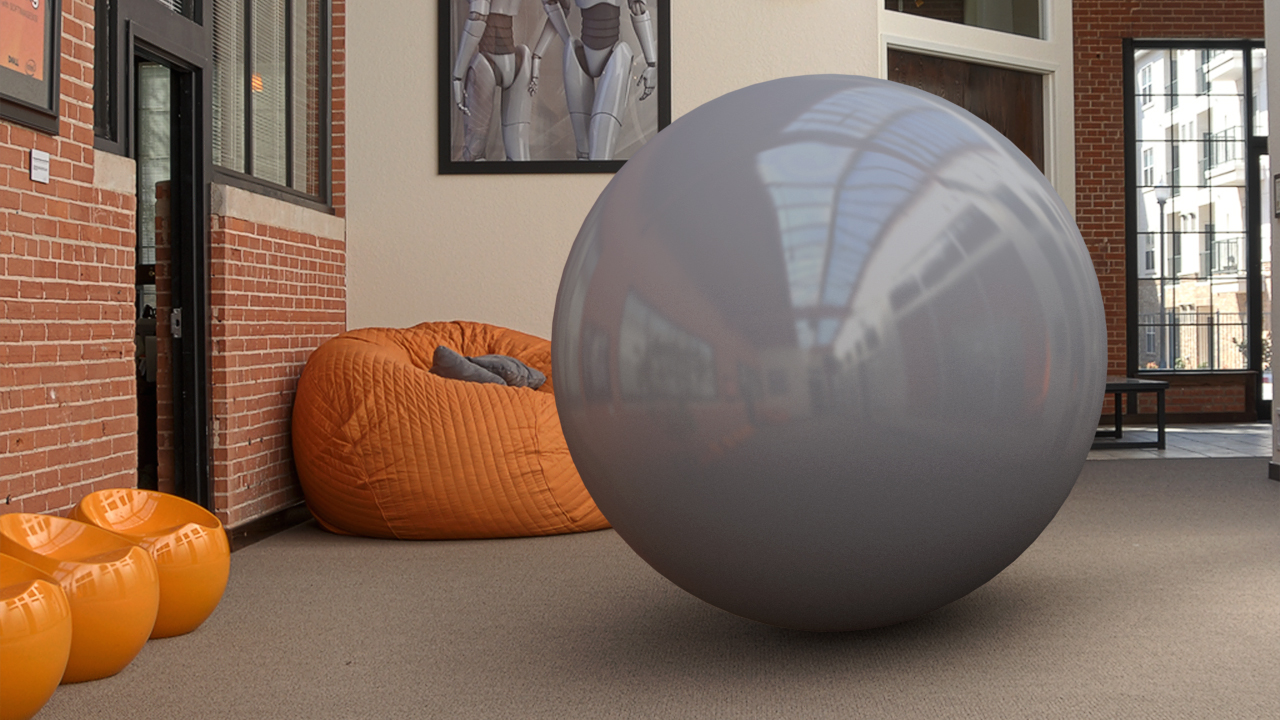- Course
Utilizing the 3D Features of Photoshop
In this series of lessons, we will be exploring many of the 3D features found in Photoshop. Software required: Photoshop CS5 and higher.

- Course
Utilizing the 3D Features of Photoshop
In this series of lessons, we will be exploring many of the 3D features found in Photoshop. Software required: Photoshop CS5 and higher.
Get started today
Access this course and other top-rated tech content with one of our business plans.
Try this course for free
Access this course and other top-rated tech content with one of our individual plans.
This course is included in the libraries shown below:
- Core Tech
What you'll learn
In this series of lessons, we will be exploring many of the 3D features found in Photoshop. Using these tools and features, we can now incorporate high-quality 3D elements directly into our design layouts without having to rely on any sort of external 3D application. We will begin this course by learning how to adjust the OpenGL settings in Photoshop in order to have faster feedback and response when working with 3D objects. We will also learn how to move our objects and virtual cameras through the 3D workspace in Photoshop. From there, we will learn how to apply materials and textures to our 3D objects; utilize the Repousse feature in Photoshop to create 3D geometry from scratch; work with 3D lights, shadows, and rendering; as well as highlighting many other tools, tips, and workflows that will allow you to quickly begin using these features in your own projects. Software required: Photoshop CS5 and higher.

